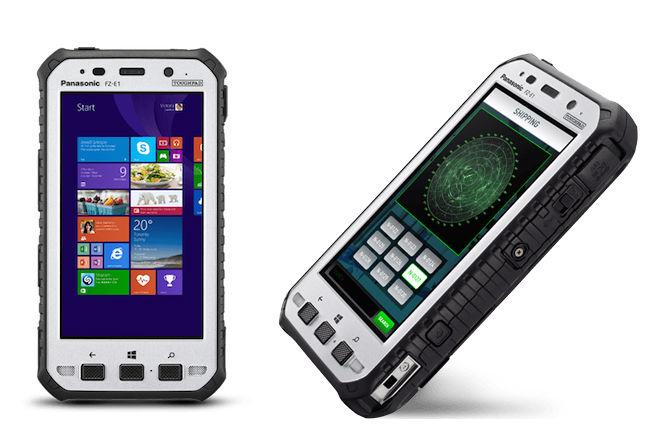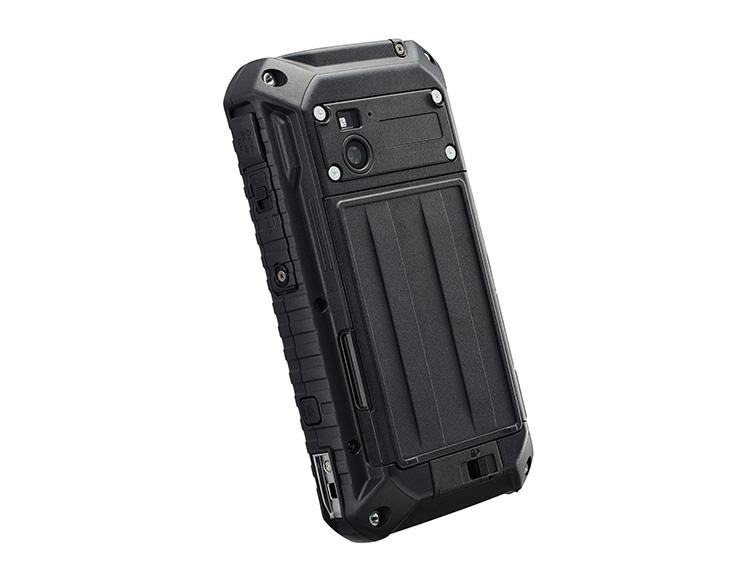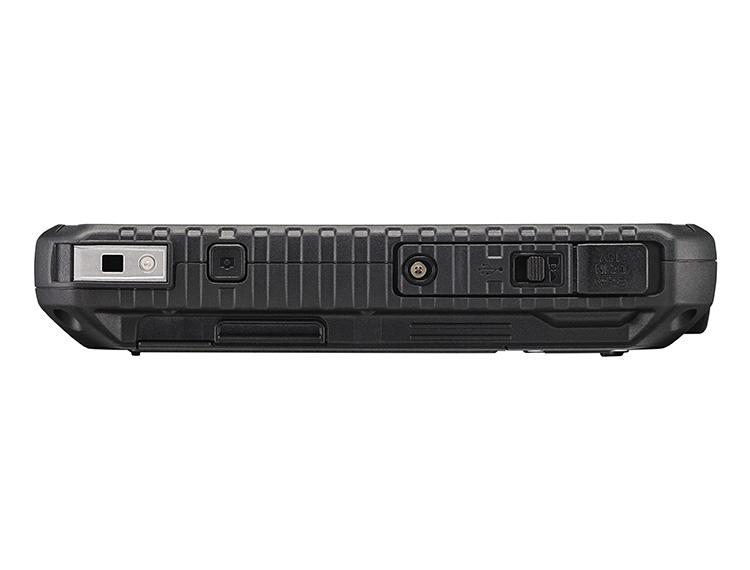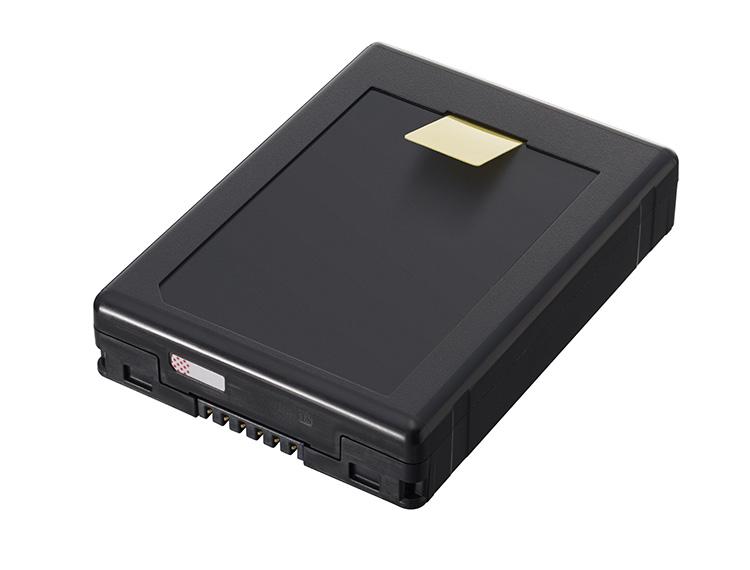
Ever wonder what type of phone construction workers take on site? Chances are it looks something like Panasonic’s new 5-inch Toughpad FZ-E1 and FZ-X1. These Toughpads are as rugged as they come and even though they are technically tablets, users can also make phone calls on them.
Both the Toughpad FZ-E1 and FZ-X1 feature 5-inch displays with 1280 x 720 pixel resolutions and an anti-reflective coating. The FZ-E1 sports the superior Qualcomm Snapdragon 800 processor, clocking in at 2.3GHz, while the FZ-X1 has the 1.7GHz Snapdragon 600 under the hood. Although the two devices are powered by different processors, they both come with 2GB of RAM, 32GB of storage, and Micro SDXC card slots onboard.
Panasonic also gave the phablets 8-megapixel back cameras and 1.3-megapixel front-facing cameras. Both devices come with hot swappable 6,200mAh batteries, which should last 14 hours on a single charge. Then, as soon as the Toughpads are out of battery, users can simply pop in a new, fully charged battery while they juice up the old one.
The only real difference between the two Toughpads, aside from their processors, is the operating systems they run. The Fz-E1 runs Windows Embedded 8.1 and the FZ-X1 has Android 4.2 Jelly Bean installed. In terms of connectivity, the phablets have 802.11ac Wi-Fi, Bluetooth 4.0, NFC, and optional 3G or 4G LTE.
The main thing that distinguishes the Toughpads from other smartphones is its super rugged housing, which enables them to survive drops onto solid concrete from 10 feet above and dives into five feet of ice cold water for up to 30 minutes. The rugged phablets also work in temperatures ranging from -4 to 140 degrees Fahrenheit. Of course, that rugged exterior comes at a price. The Toughpads are 1.2-inches thick and weigh 15 ounces, so they are bulky and heavy in comparison with most smartphones.
The other obvious downside to buying one of these Toughpad phablets is the price. The Wi-Fi-only Touchpad FZ-X1 will cost $1800 when it arrives in August and the LTE version will run $1850 in January 2015. Meanwhile, the WiFi-only ToughPad FZ-E1, which also arrives this August, will cost $1900 and the LTE version will be $2000 when it comes out this October.





